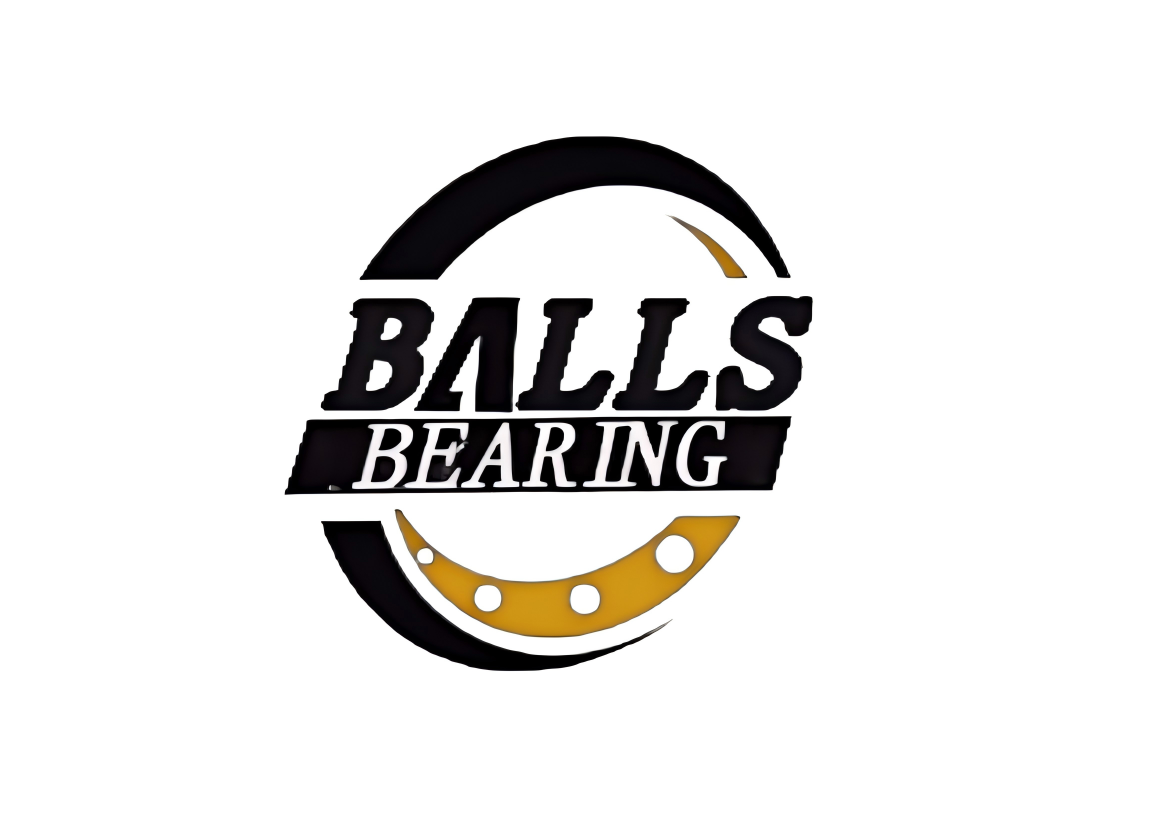In 1734, British watchmaker John Harrison used what may have been the earliest modern rolling bearing in his H3 marine clock.
This innovation increased timekeeping accuracy by more than tenfold.
In 1794, Welsh engineer Philip Vaughan patented the first ball bearing.
His design, for carriage axles, used cast iron balls and bronze rails, increasing carriage load capacity by 30% and extending maintenance intervals fivefold.
In 1853, German engineer Friedrich Fischer invented the ball mill, enabling the first precise mass production of steel balls.
This breakthrough reduced the cost of ball bearings by 90% and paved the way for large-scale industrial applications.
By 1883, Fischer's company was producing 12,000 steel balls per day with an accuracy of 0.01mm.
In 1898, Swedish engineer Sven Wingquist, dissatisfied with the performance of existing bearings while working in a textile mill, invented the self-aligning ball bearing and founded SKF.
This type of bearing can automatically compensate for shaft misalignment, reducing the failure rate of textile machinery by 70%, marking the fundamental maturity of modern bearing technology.
20th Century Breakthroughs: Revolutions in Materials and Design (1900-1990)
In the early 20th century, the use of alloy steels significantly increased bearing life.
In 1917, the American company Timken introduced tapered roller bearings made of chromium steel, extending the bearing life of railway freight cars from 30,000 kilometers to 500,000 kilometers, revolutionizing the economics of rail transportation.
During World War II, ceramic bearings developed by the German company FAG were used in tanks and aircraft, offering high-temperature resistance 200°C higher than steel bearings.
During the same period, NASA developed solid-lubricant bearings for rocket engines that could operate in vacuum and extreme temperatures, laying the foundation for the space age.
In the 1960s, Japan's NSK invented "wave cage" technology, which increased the maximum speed of bearings by 35%, driving the development of equipment such as precision machine tools and dental drills.
In 1972, Sweden's SKF launched the "sensor bearing," the first bearing to integrate vibration monitoring into a bearing, pioneering condition monitoring.
In the 1980s, the application of hybrid ceramic bearings (steel rings with silicon nitride balls) in CNC machine tool spindles advanced machining accuracy into the submicron era.
Seiko's "ultra-long-life bearings," developed in Japan, utilize a special heat treatment process to achieve a theoretical lifespan of 1 million hours, equivalent to 114 years of continuous operation!
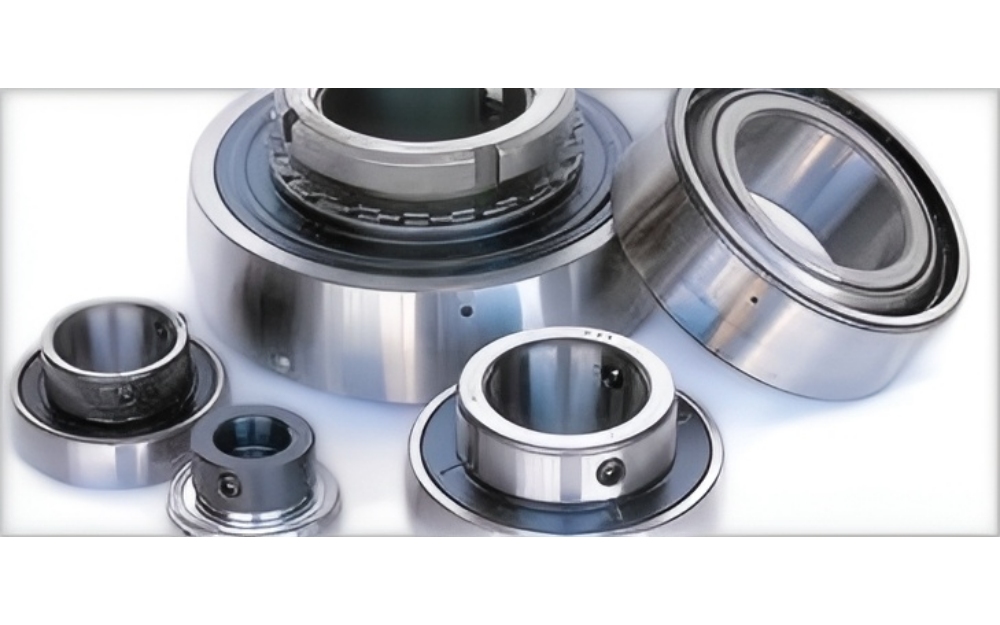 Deep Groove Ball Bearing vs. Angular Contact Ball Bearing 2025
Deep Groove Ball Bearing vs. Angular Contact Ball Bearing 2025
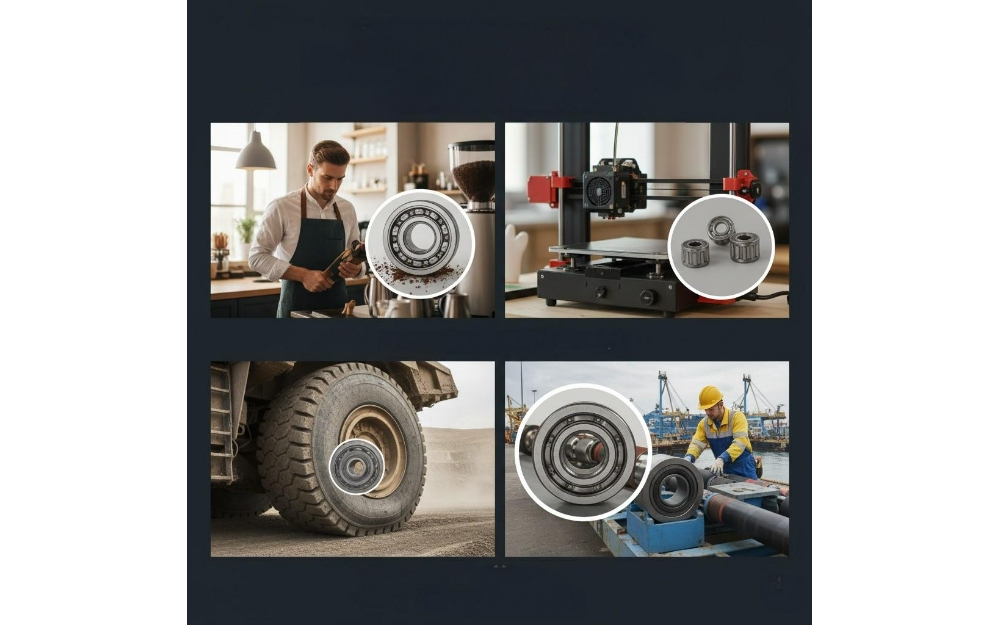 How do bearings support both light and heavy industries?
How do bearings support both light and heavy industries?
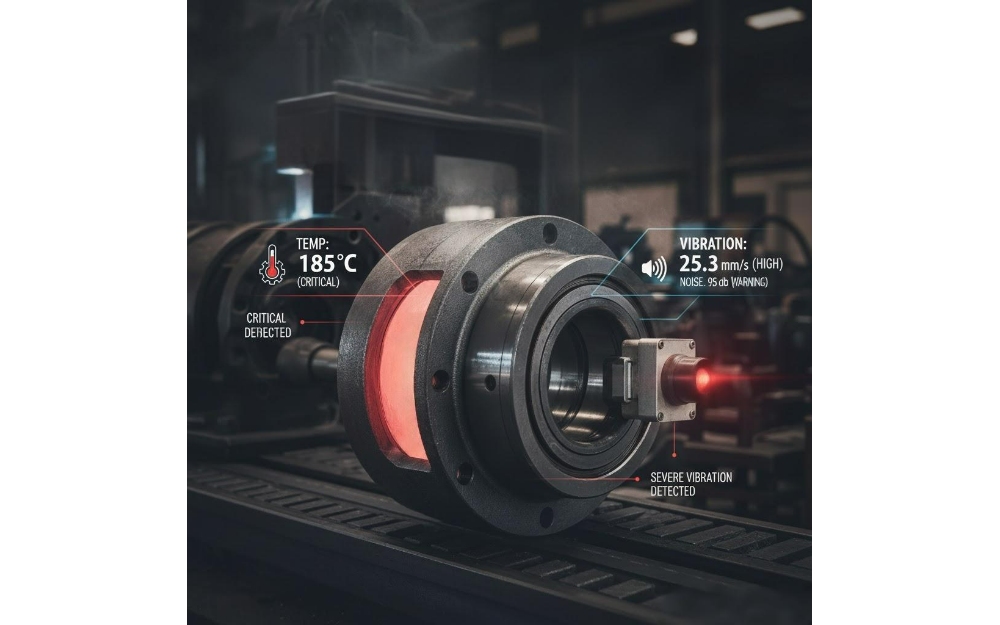 Abnormal temperature rise and vibration noise: Interpreting early warning signals of bearing housing failure!
Abnormal temperature rise and vibration noise: Interpreting early warning signals of bearing housing failure!
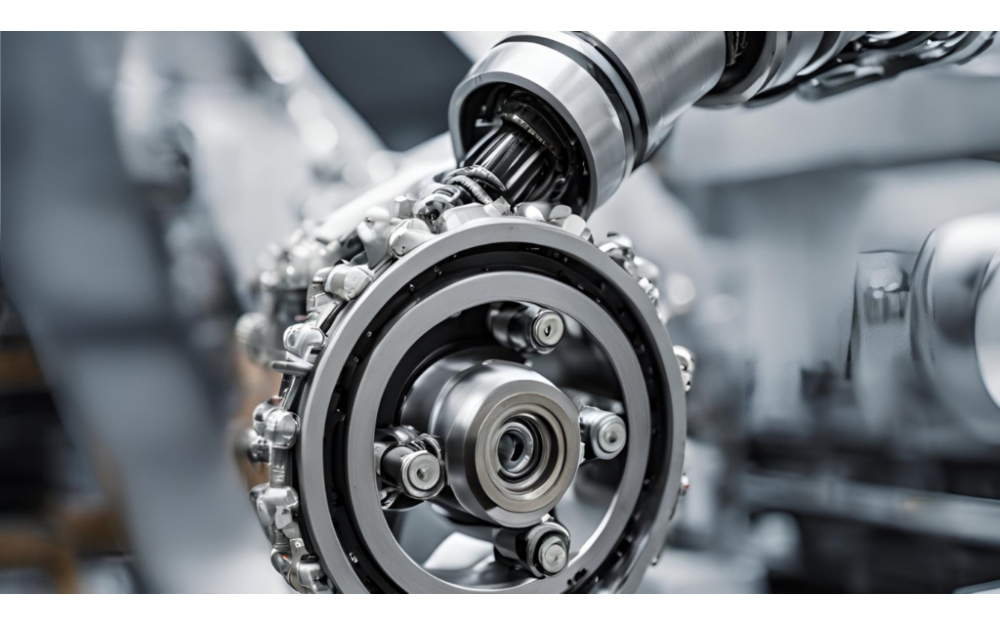 The Bearing Revolution: When Traditional Machinery Meets the Smart Era
The Bearing Revolution: When Traditional Machinery Meets the Smart Era
